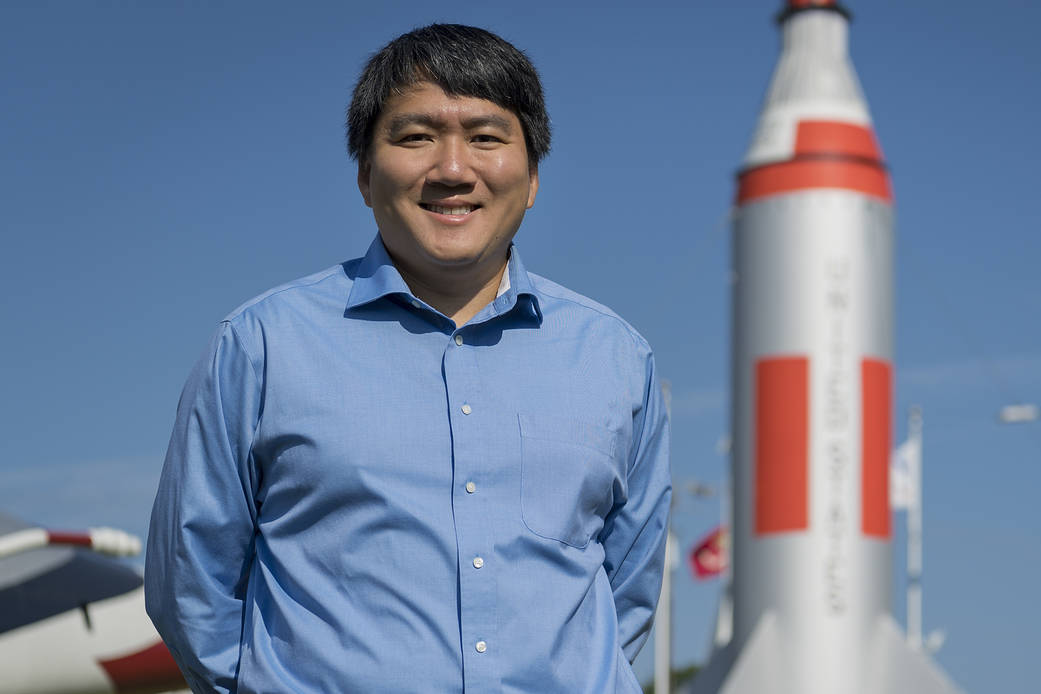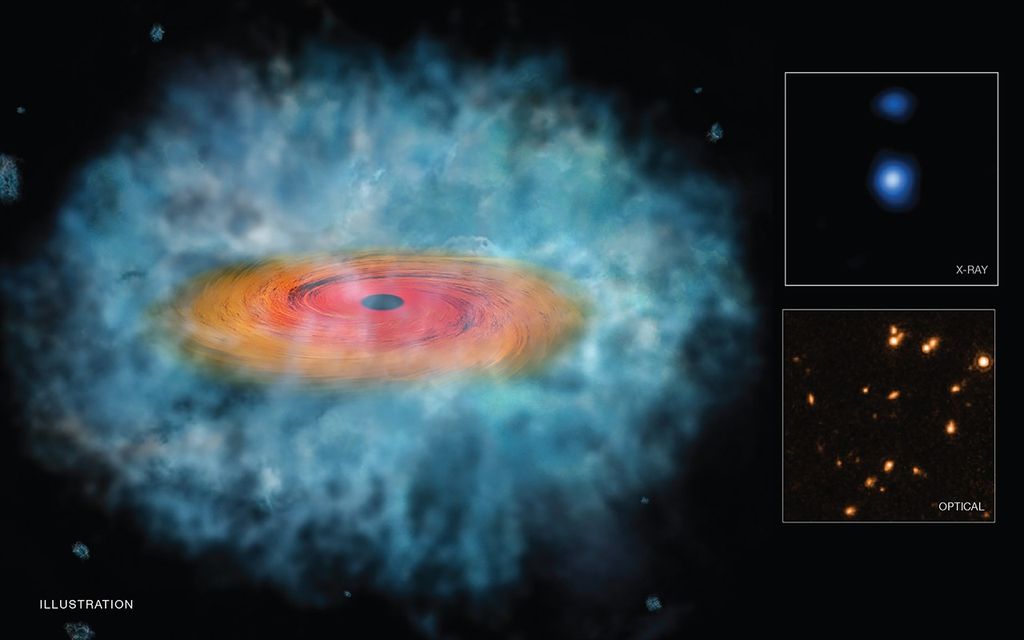
“It all started with an orbital mechanics class that kicked my butt, but it was the most interesting thing I had ever done. From there, I started entering student space mission design competitions. That one class in my junior year at the Georgia Institute of Technology was a huge turning point that made me realize my passion for solving the challenges of interplanetary travel.
“Today I am working my dream job as the interplanetary trajectory optimization team lead at Langley Research Center, analyzing flight trajectories for human missions to Mars. When I joined NASA almost seven years ago, the hybrid propulsion concept—rockets that toggle between high and low thrust systems to maximize mission efficiency—was just bubbling up. The analysis was manual and grueling, but working with a brilliant coding intern, I was able to develop a new system that analyzes thousands of trajectory options using different propulsion systems in just a couple of days based on any number of variables, like launch year, payload mass, and mission duration, for instance.
“What my mentors taught me, and what I would offer to early career professionals in any industry, is to work on developing your confidence. Finding your voice can be daunting early in your career. Being able to say, ‘hey I have a different idea,’ and having the analysis to back it up can literally change the course of history! There will still be people who question everything and that’s a good thing—you also have to embrace critics and find common ground with them. That has been a really important growing experience for me.”
— Dr. Patrick Chai, In-Space Transportation Assessment Lead, Mars Architecture Team, Langley Research Center
Image Credit: NASA / Tim Buchanan
Interviewer: NASA / Erin Mahoney



























